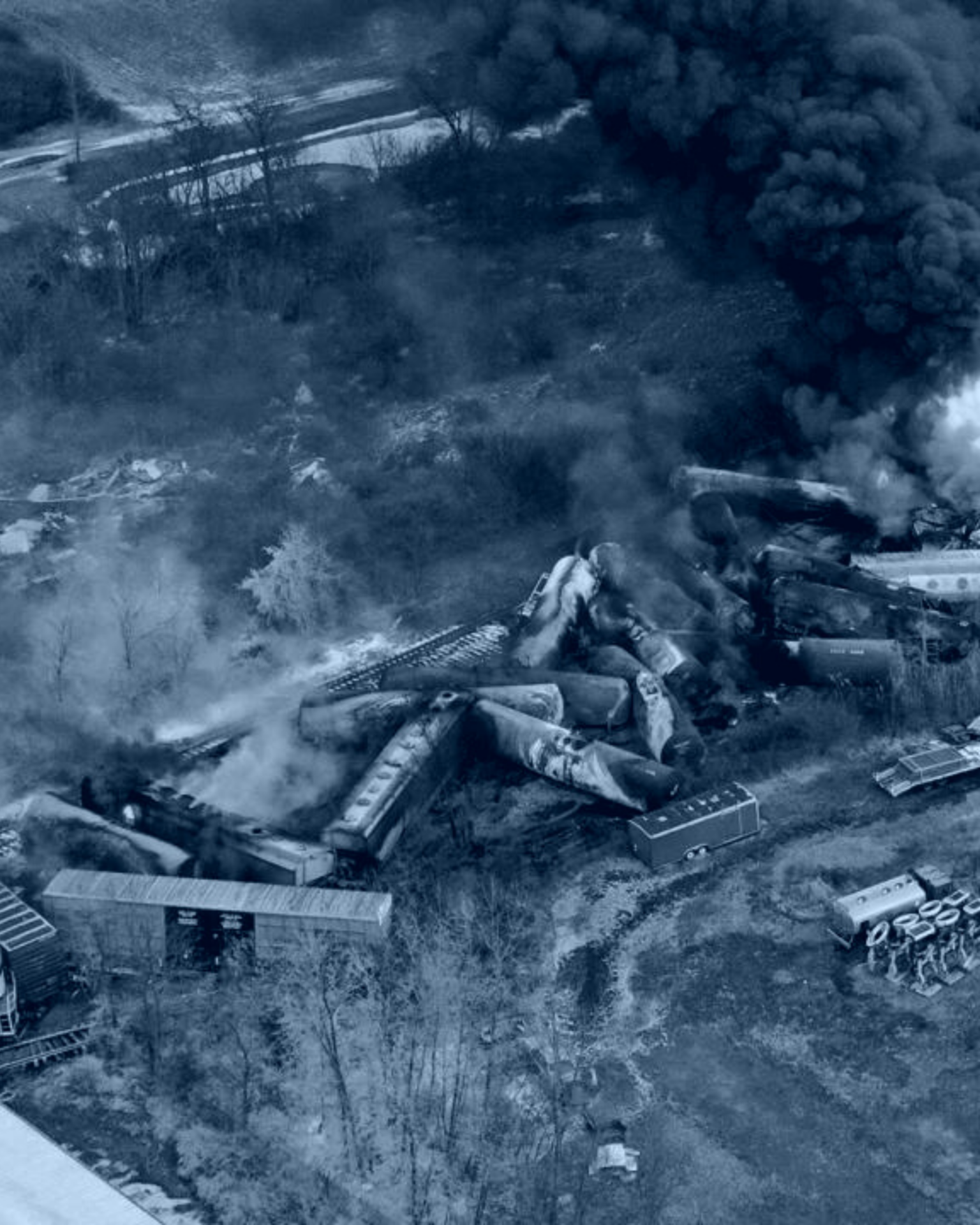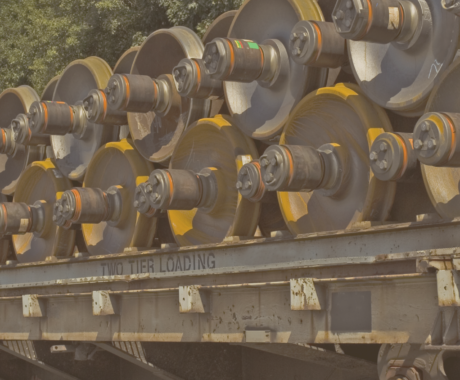The railway industry faces significant challenges when it comes to ensuring the safety and efficiency of its operations. Wheel and bearing issues in train wagons can lead to accidents, derailments, and costly disruptions. In this article, we delve into the alarming statistics surrounding incidents caused by wheel and bearing defects and explore how implementing advanced technology can revolutionize the monitoring of wheel and bearing health in the railway fleet.
Alarming Statistics: Incidents Caused by Wheel and Bearing Issues
The frequency of incidents in the railway industry related to wheel and bearing defects is a cause for concern. In 2020 alone, the U.S. Federal Railroad Administration reported a total of 1,866 train accidents, highlighting the urgent need for improved monitoring and maintenance practices. Similarly, the European Union Agency for Railways recorded approximately 1,100 accidents in 2019, with wheel and bearing defects playing a significant role in many of them.
The impact of wheel and bearing issues goes beyond accident numbers. The U.S. National Transportation Safety Board (NTSB) has identified wheel and bearing defects as contributing factors in multiple railway accidents resulting in fatalities and injuries. Additionally, bearing defects caused a significant derailment in Ohio, USA, in 2023, prompting evacuation orders for residents in the village of 5,000 people near the Pennsylvania border.
The economic consequences of incidents caused by wheel and bearing issues are substantial. The Association of American Railroads (AAR) estimates that wheel and bearing failures accounted for around 20% of unplanned train delays in 2020, resulting in significant economic losses. These costs include infrastructure damage, emergency response, legal liabilities, and loss of productivity.
Monitoring Wheel and Bearing Health: Implementing New Technology
To address the challenges posed by wheel and bearing issues, the railway industry can leverage advanced technology to monitor their health effectively. By implementing new monitoring systems, the industry can detect potential defects and take preventive measures, thus reducing accidents and improving operational efficiency.
One key aspect of implementing advanced technology is the use of IoT-based sensors equipped with vibration and temperature monitoring capabilities. These sensors provide real-time insights into the health of wheels and bearings. They can detect early warning signs of defects, such as excessive vibration, abnormal temperature variations, and changes in operating conditions.
Another essential component is predictive analytics. By collecting and analyzing data from sensors, predictive analytics algorithms can identify patterns and trends, enabling proactive maintenance planning. Machine learning algorithms can predict the remaining useful life of wheels and bearings, allowing for timely interventions before failures occur.
Advanced condition monitoring systems also play a crucial role in monitoring wheel and bearing health. These systems continuously monitor the performance of wheels and bearings, alerting maintenance teams to potential issues. They provide detailed reports, performance trends, and actionable insights, supporting effective decision-making and resource allocation.
Implementing advanced monitoring technology offers several benefits to the railway industry:
1. Enhanced Safety. Early detection of wheel and bearing defects minimizes the risk of accidents and derailments, ensuring the safety of passengers, crew members, and infrastructure. Real-time monitoring enables proactive maintenance, reducing the likelihood of catastrophic failures.
2. Improved Reliability and Efficiency. Predictive maintenance practices based on accurate data can optimize maintenance schedules, reducing downtime and maximizing fleet availability. Proactive interventions and targeted repairs enhance the overall reliability and efficiency of railway operations.
3. Cost Savings. By addressing potential issues before they escalate, the costs associated with emergency repairs, infrastructure damage, and unplanned downtime can be significantly reduced. Optimal maintenance practices and extended component lifespan lead to long-term cost savings for railway operators.
The incidents caused by wheel and bearing issues in the railway industry are a pressing concern that demands immediate attention. By implementing advanced monitoring technology, such as IoT-based sensors, predictive analytics, and condition monitoring systems, the industry can revolutionize the way it monitors wheel and bearing health in the fleet.
With real-time insights, proactive maintenance practices, and improved safety measures, the railway industry can mitigate incidents, enhance reliability, and achieve cost savings. It is crucial for stakeholders to embrace these advancements and prioritize the adoption of innovative solutions to ensure a safer and more efficient railway network.
Contact Viezo team for individual offer of advanced IoT solution for your fleet.
#Viezo #Powerail



